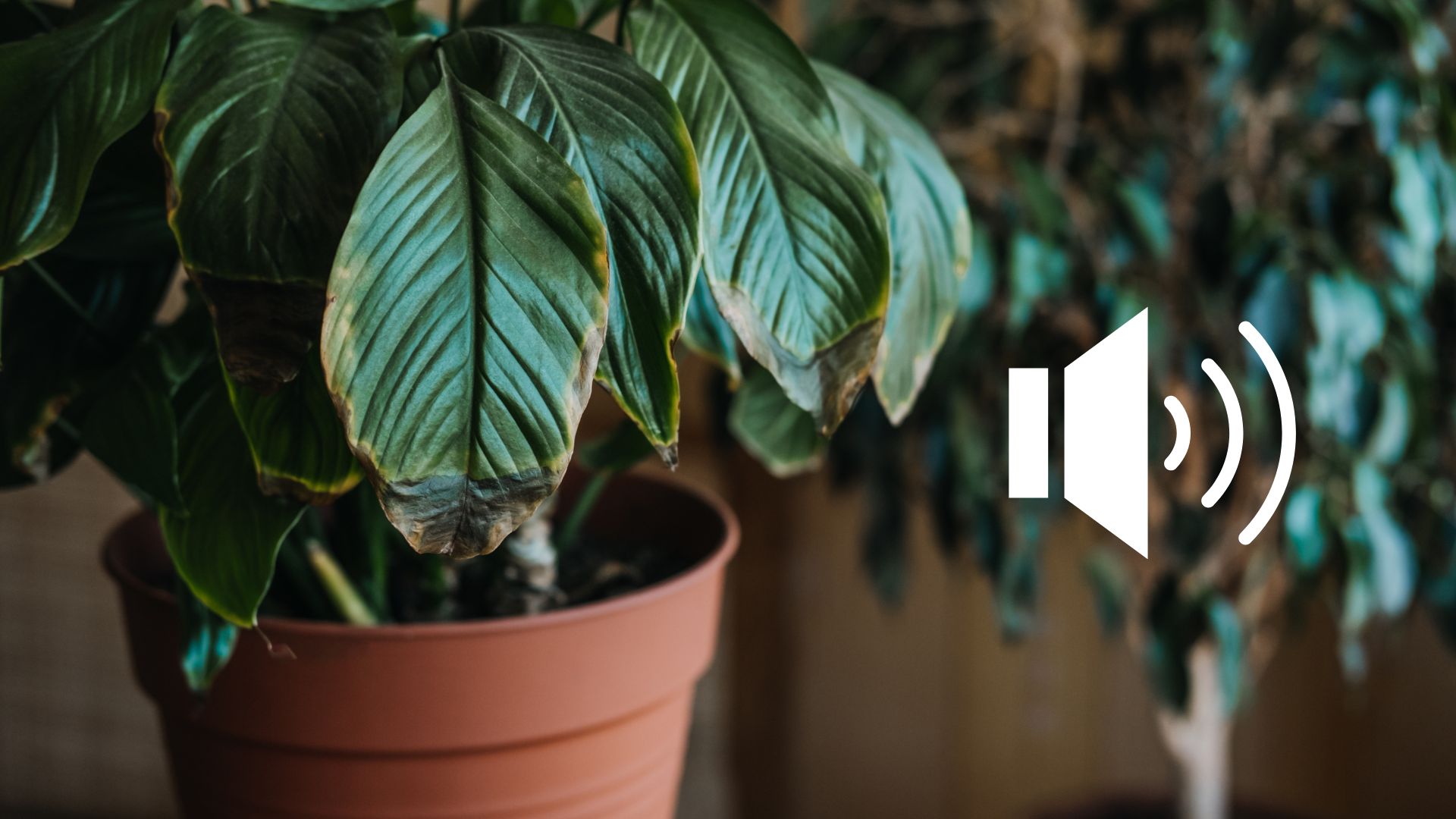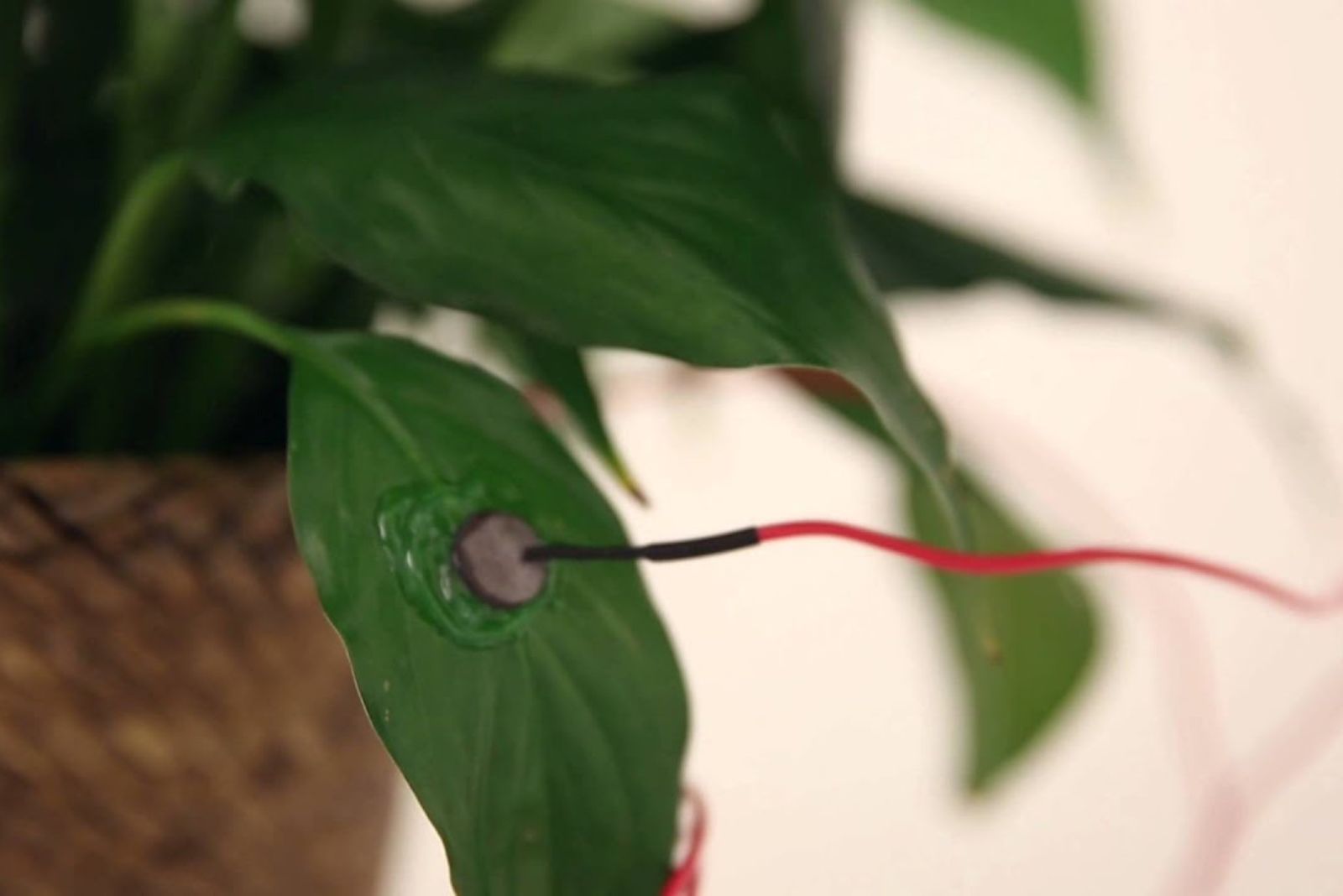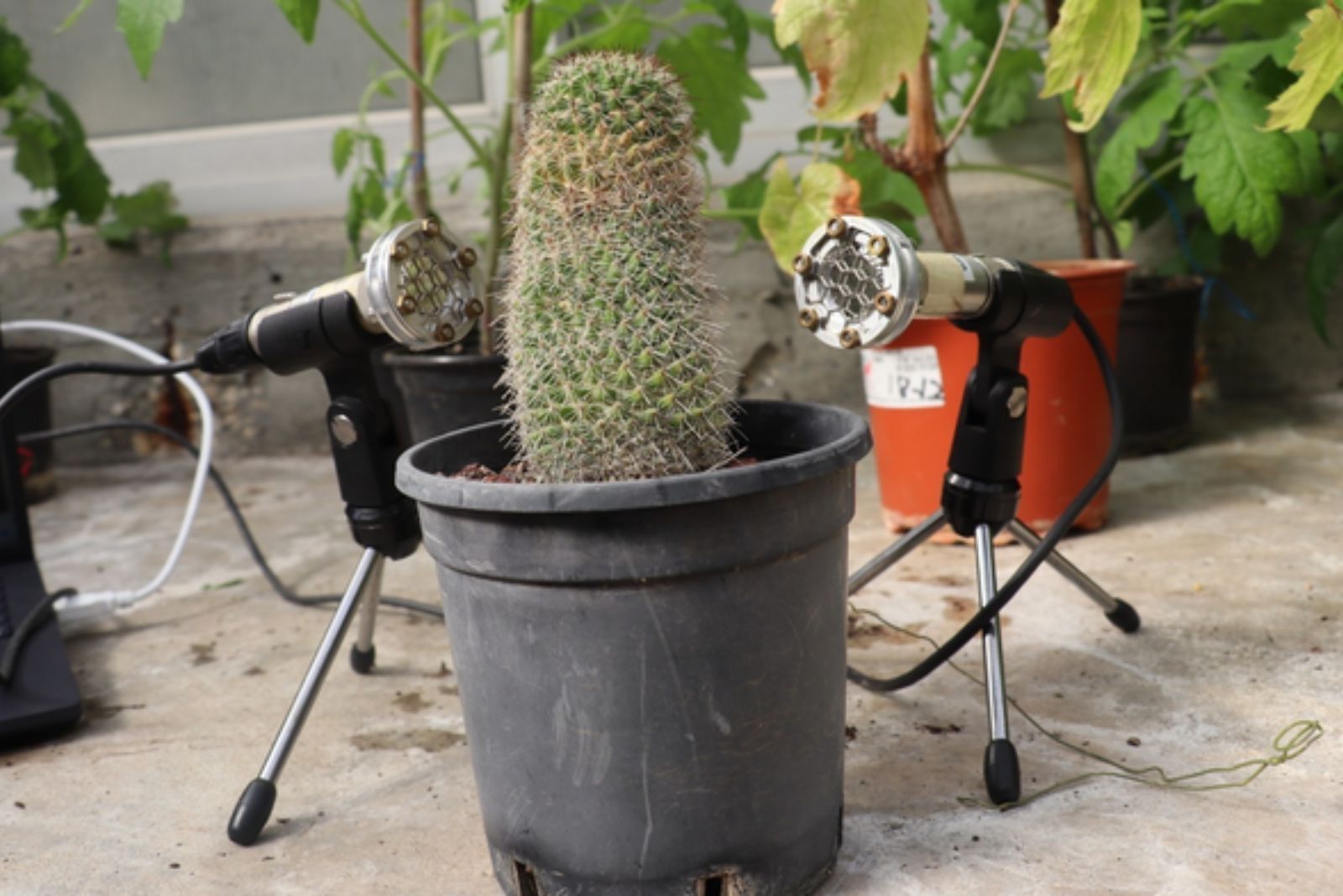While plants may not have vocal cords or make sounds that we can hear, they do have their own unique ways of communicating with the world.
In a fascinating twist of nature, recent research has revealed that plants have their own form of “screaming” – these are clicking sounds in ultrasonic frequencies which humans can’t exactly hear, or so called silent screams.
These sounds are described to be similar to popcorn. You can hear the audio here:
https://www.eurekalert.org/multimedia/979177
Certain animals can hear these sounds perfectly fine, and it is a possibility that there is a lot of acoustic contact all around nature!
When plants are under stress, we can notice by the release of their powerful fragrances or by noticing dramatic changes in their appearances. Yet, there are still some silent screams that go unnoticed.
There are no vocal chords or lungs in plants. So, how do they make any sound at all?
According to Hadany, a professor at Tel-Aviv University, the xylem – tubes that carry water and nutrients from a plant’s roots to its stems and leaves – is the heart of the current idea for how plants generate noises.
Similar to water drawn through a drinking straw, surface tension holds water in the xylem together. A little popping sound may be made when an air bubble forms or bursts in the xylem; bubble formation is more common under drought stress.
Still, Hadany notes that more research is necessary to determine the specific mechanism.
So, in their experiment, what they did was observe tomato and tobacco plants under different conditions. With roughly 70% accuracy, the team developed a machine-learning model to determine from a plant’s noises whether it had been cut or was under water stress.
They first took recordings in soundproof acoustic chambers, and then again in normal greenhouse conditions. The plants could still be heard thanks to a computer program designed to eliminate background noise like air conditioners and fans.
The clicking sounds were detectable within a radius of over a meter, but they were in frequencies of 20-100 kilohertz, which are too high for humans to pick up on.
Stressed plants emit around 40 clicks per hour, while unstressed plants don’t even make a sound. They didn’t just use tomato and tobacco plants – when disturbed, wine grapes, corn, and wheat also made noises.
It is still unknown if other distress conditions could possibly induce sounds; or even if pathogens, diseases, extreme temperatures or UV exposure could make plants scream.
Additionally, these organisms might have acquired the ability to react in different ways to the sounds made by worried plants.
“For example, a moth that intends to lay eggs on a plant or an animal that intends to eat a plant could use the sounds to help guide their decision,” Hadany states.
If we could hear those sounds, we would easily know when our plants are thirsty or stressed. Previous studies have demonstrated that plants may adapt their drought tolerance in response to sound. And it is in this direction that the study team will direct its next phase.
Before this, Hadany and her team also did additional research which found that plants can detect sound, too. So, you should also be careful about what you are saying in front of them!



